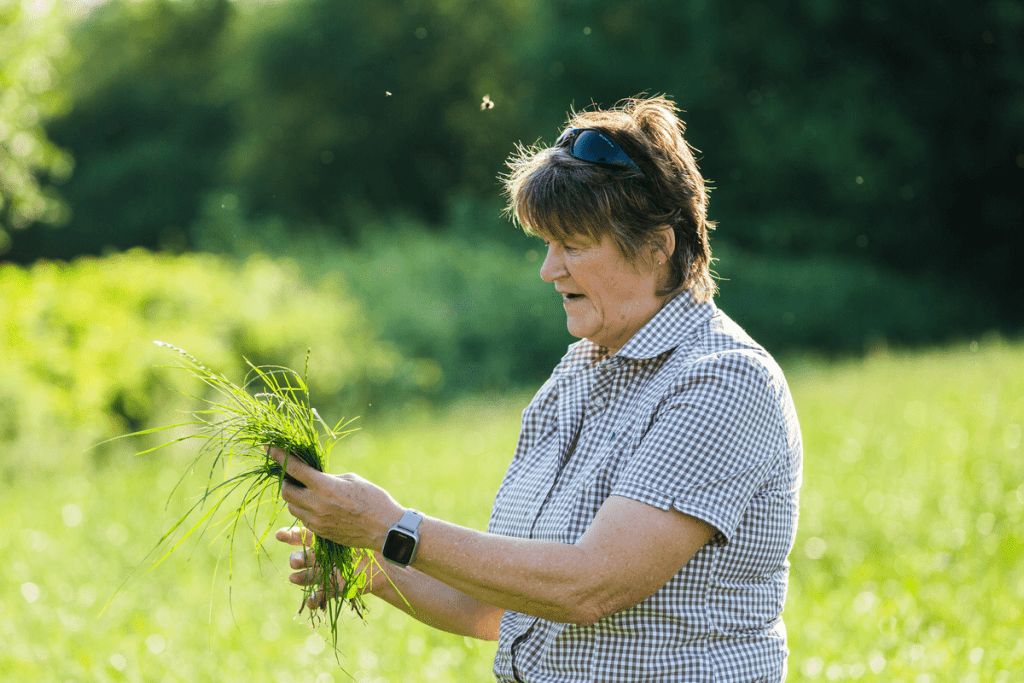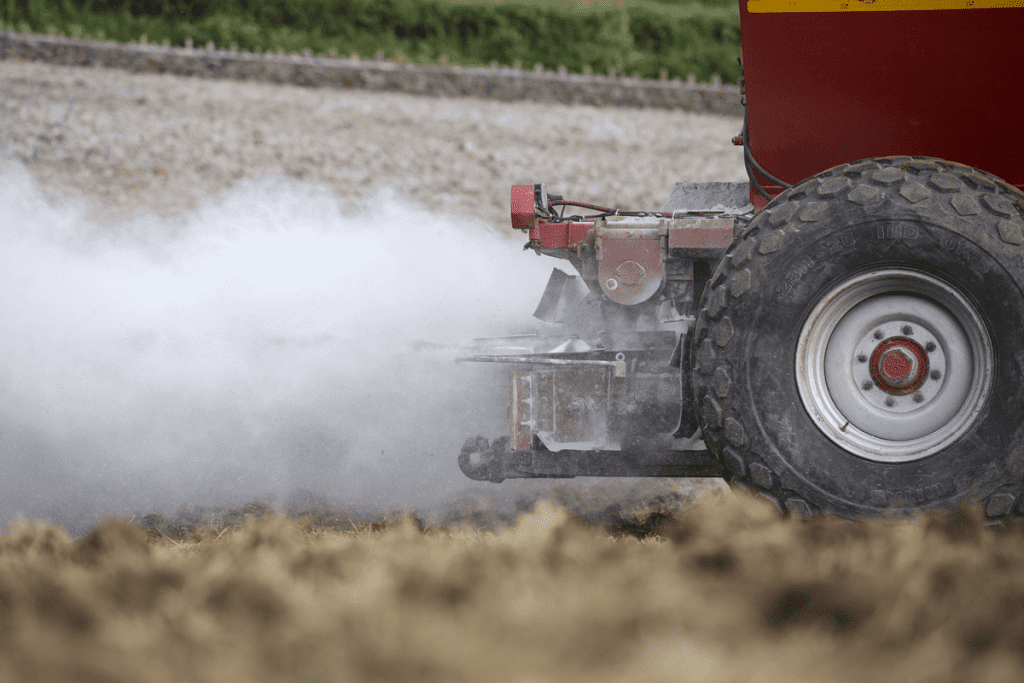Summer 2022 saw some incredibly dry conditions, while 2023 has been wetter than average in many areas. For soils to remain productive, they must be capable of coping with these differing weather patterns putting soil health firmly at the centre of climate smart farming systems.
With superior genetics producing grass seeds able to provide high energy, high protein feed on farm, we look beyond traditional soil testing to make sure soils enable these seeds to reach their full potential.
“It’s in the more extreme situations we see how well-performing soils continue to support high-quality, efficient forage production, the cornerstone of sustainable livestock farming,” says Germinal grass and forage specialist Helen Mathieu.

Climate smart farming: Know your soil
“January is an ideal time for soil testing before any manure or fertiliser is applied,” says Helen. “But when you dig your soil sample for testing, go a little deeper and really look at the texture, density, worm activity and structure of your soil. Target those areas you’ve seen struggle in either dry or wet conditions.
“Some soil compaction is expected in our climate and farming systems. Where this is relatively shallow, compaction is usually alleviated by ground changing from wet to dry and through frost or biological activity. Severe soil compaction needs to be addressed.
“If you find areas where the soil needs to be loosened mechanically, only do it when it is dry enough to fracture rather than deform. Also, avoid travel across loosened areas for several days afterwards,” advises Helen.
Other ways to lower the risk of soil compaction
- On vulnerable areas, avoid travel for at least 48 hours after heavy rain and reduce stock numbers
- Use wider, larger types of machinery for field work and reduce the loads being carried. Check these are types of machinery being used by your contractor
- If you have a track, use it
Managing soil health
“Organic matter helps increase soil’s water-holding capacity, lessening the effects of both wet and dry conditions. It allows air space within the soil to assist plant growth and helps soil hold and release more nutrients.
“Increasing the amount of organic matter by returning crop residues, from either a cover crop or the application of organic manures, boosts soil health. But don’t expect it to happen immediately – it will take time,” says Helen.
The importance of pH for soil health
“Soil pH is another influential factor on the performance of your soils. It needs to be right for soils to perform well. Aim for 6.2 to 6.5 for grassland and 5.5 for peaty soils,” she says.
“Having the correct soil pH makes P and K more readily available and improves the efficiency of applied N, P and K. Giving your grass seed greater access to these nutrients facilitates efficient and sustainable growth.
“Correcting pH with lime can also help improve soil structure and promote biological activity.”
 As we prepare for reseeding grassland this spring, you can gain the best possible yields by sowing high-quality seeds in healthy soils while using minimal inputs and reducing both costs and your farm’s carbon footprint.
As we prepare for reseeding grassland this spring, you can gain the best possible yields by sowing high-quality seeds in healthy soils while using minimal inputs and reducing both costs and your farm’s carbon footprint.
For more information on soil health, see our Reseeding grassland guide.
Ask about climate smart farming
Complete the form below to discuss climate smart farming with our grass and forage experts
